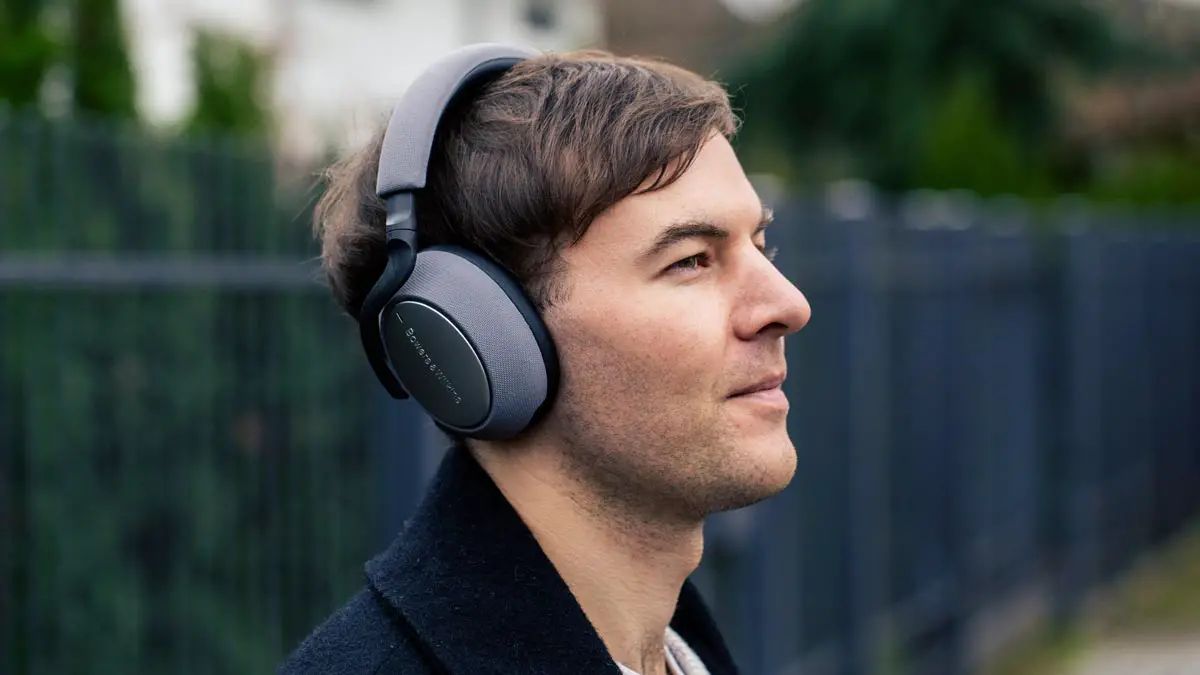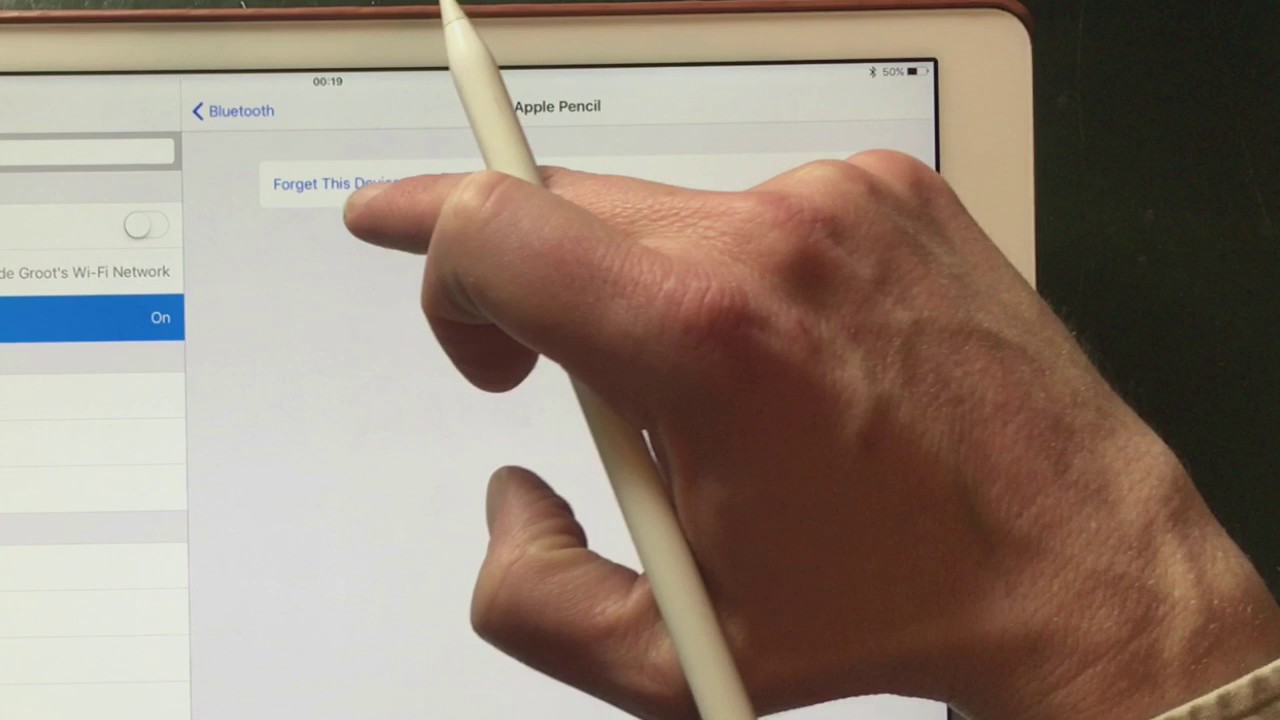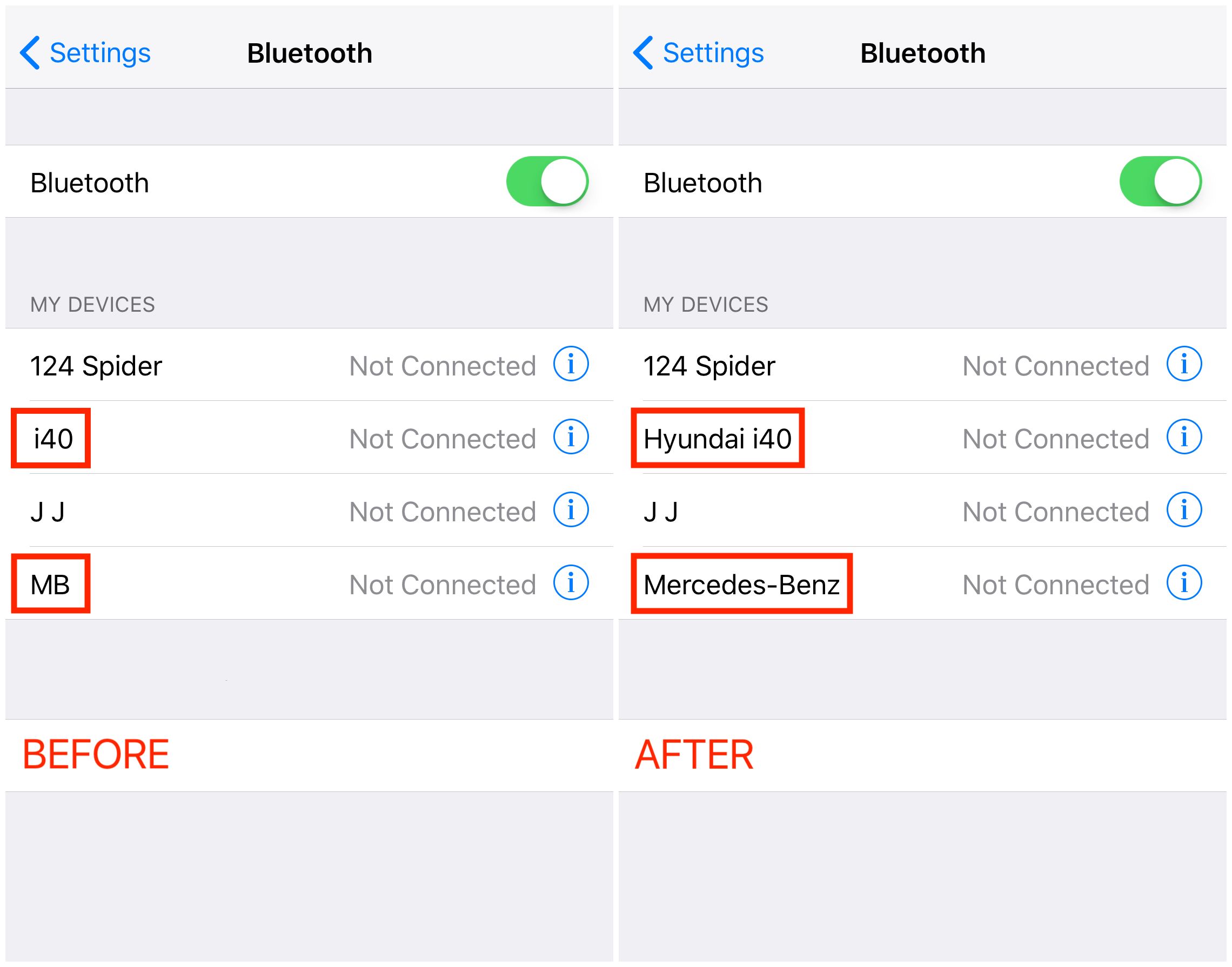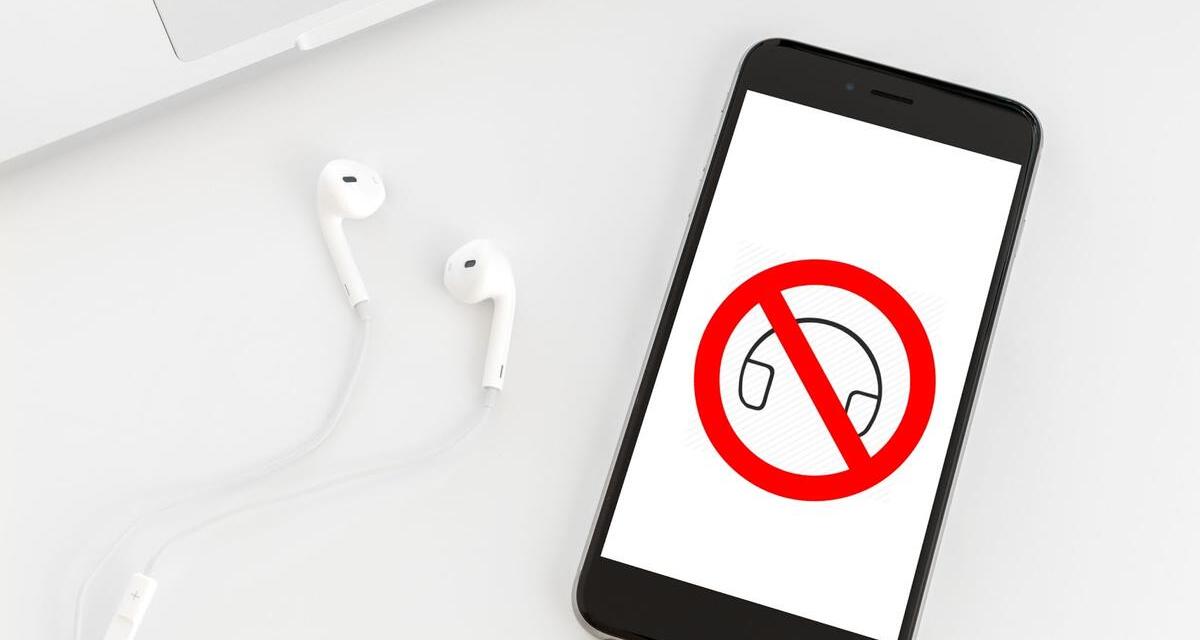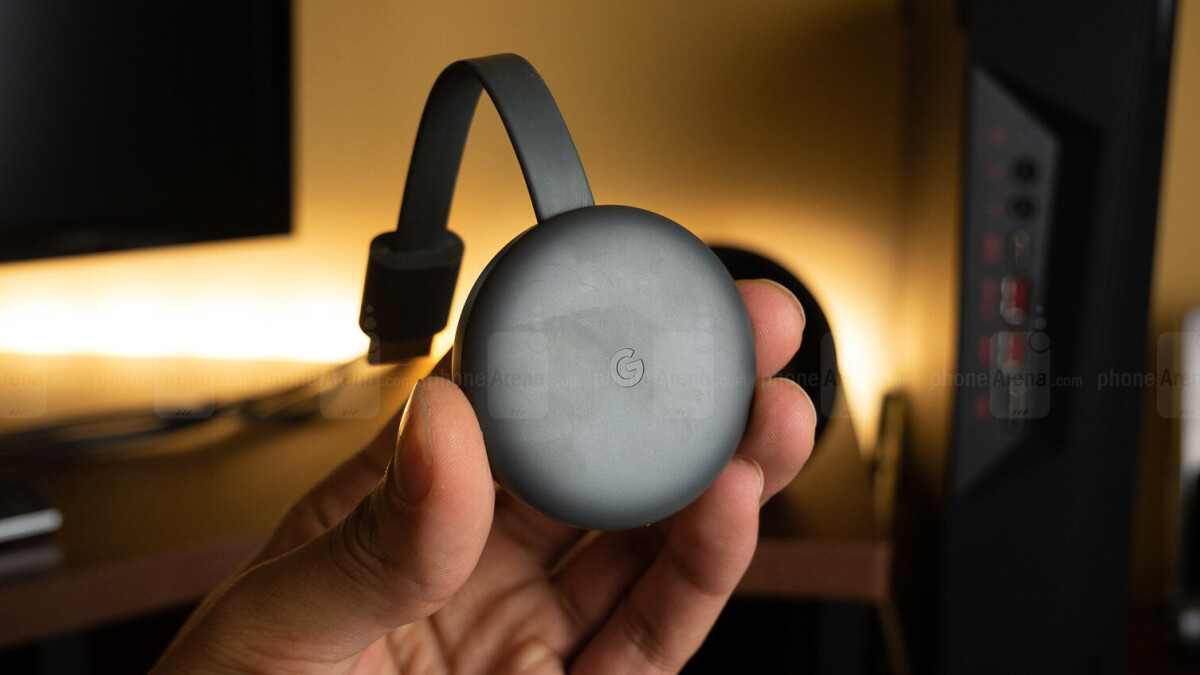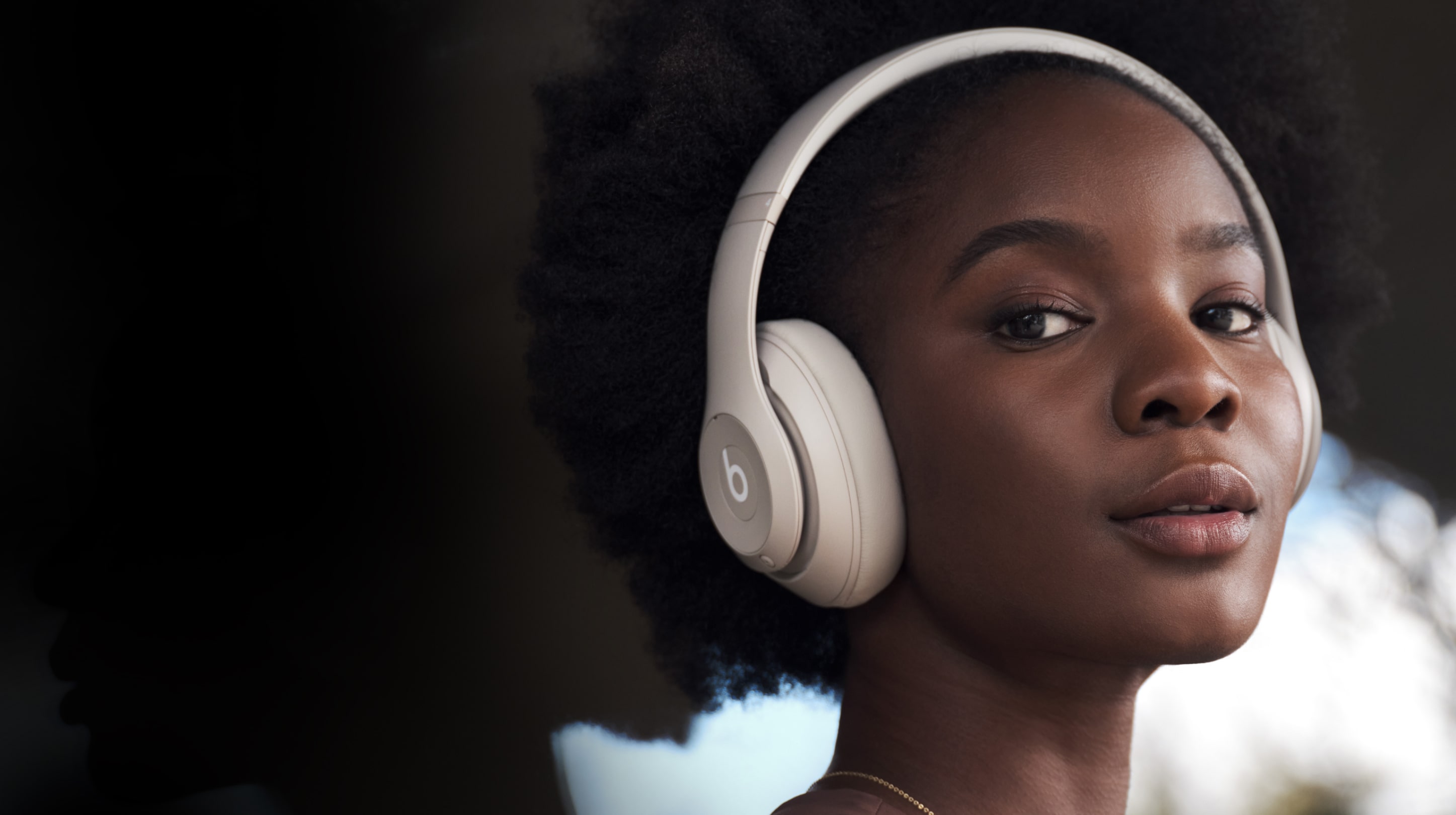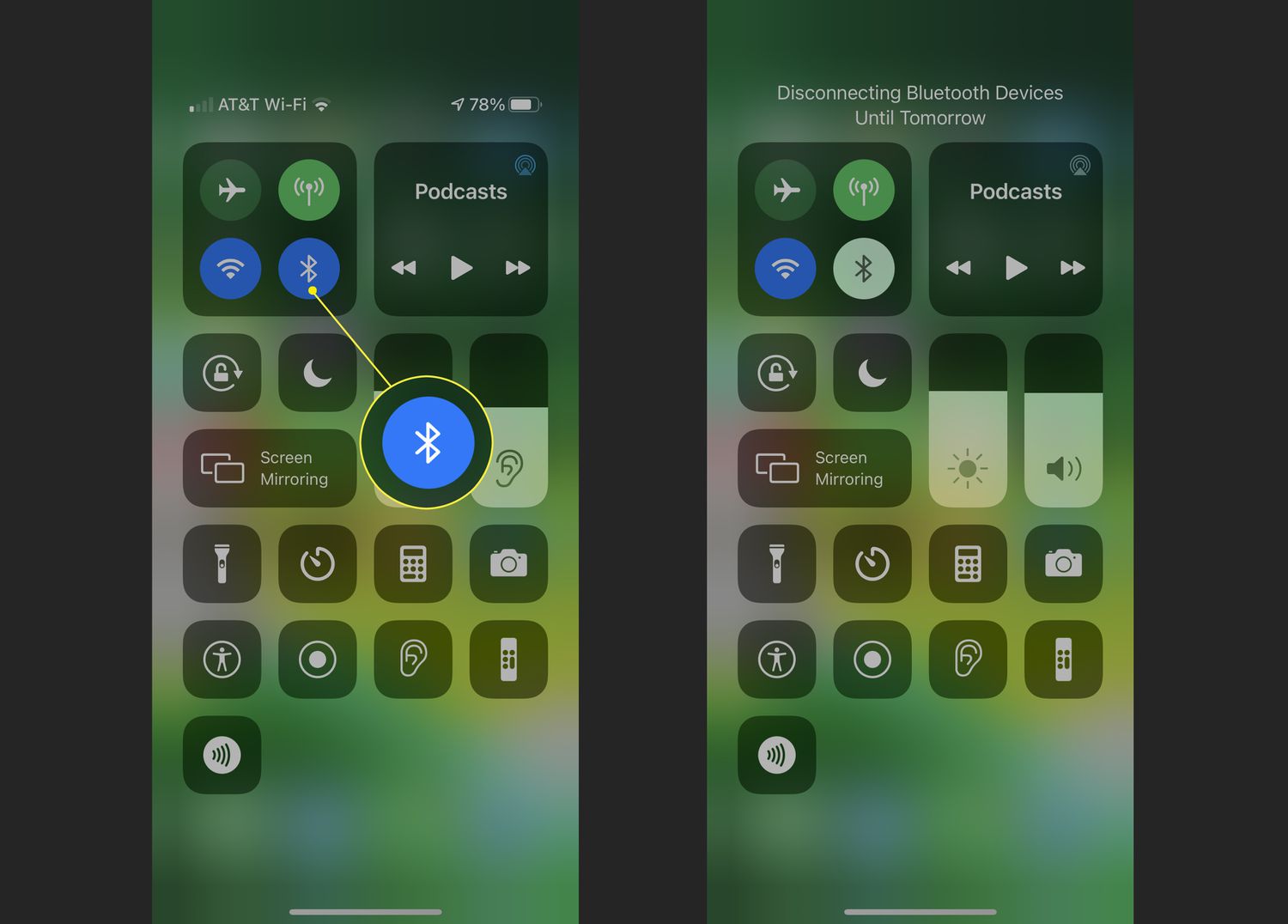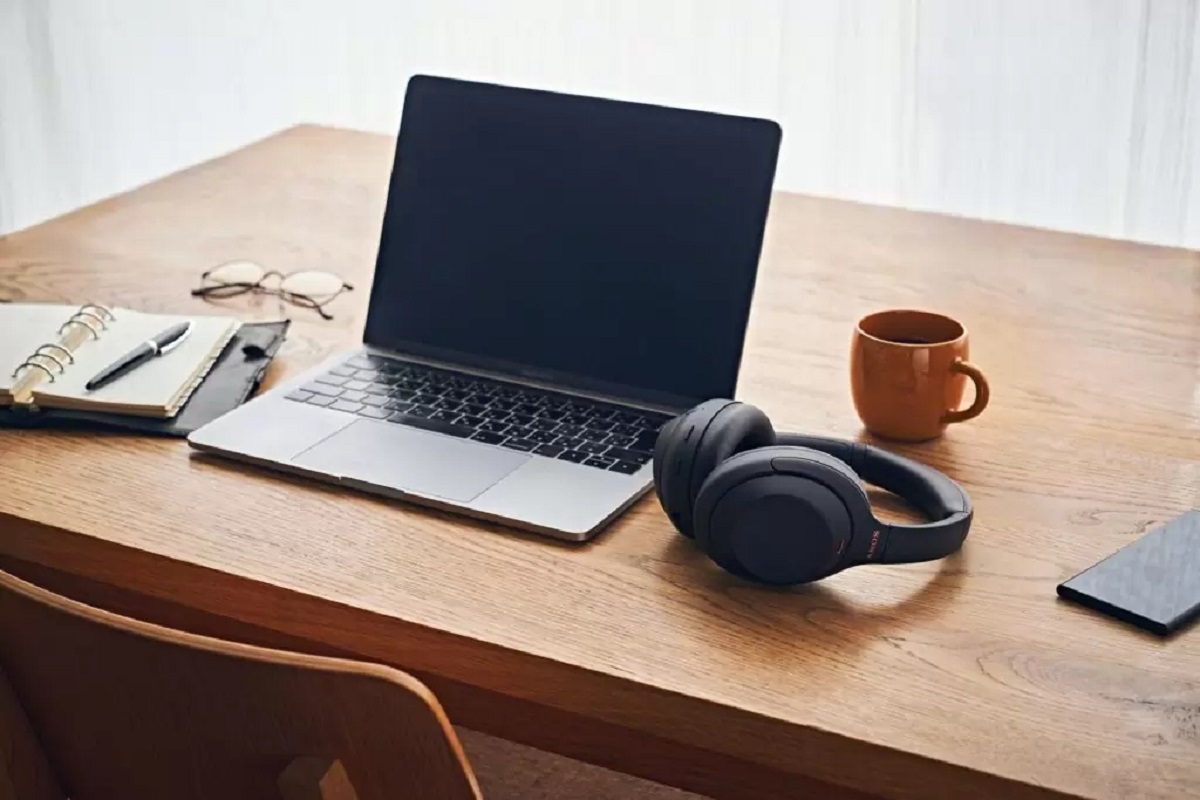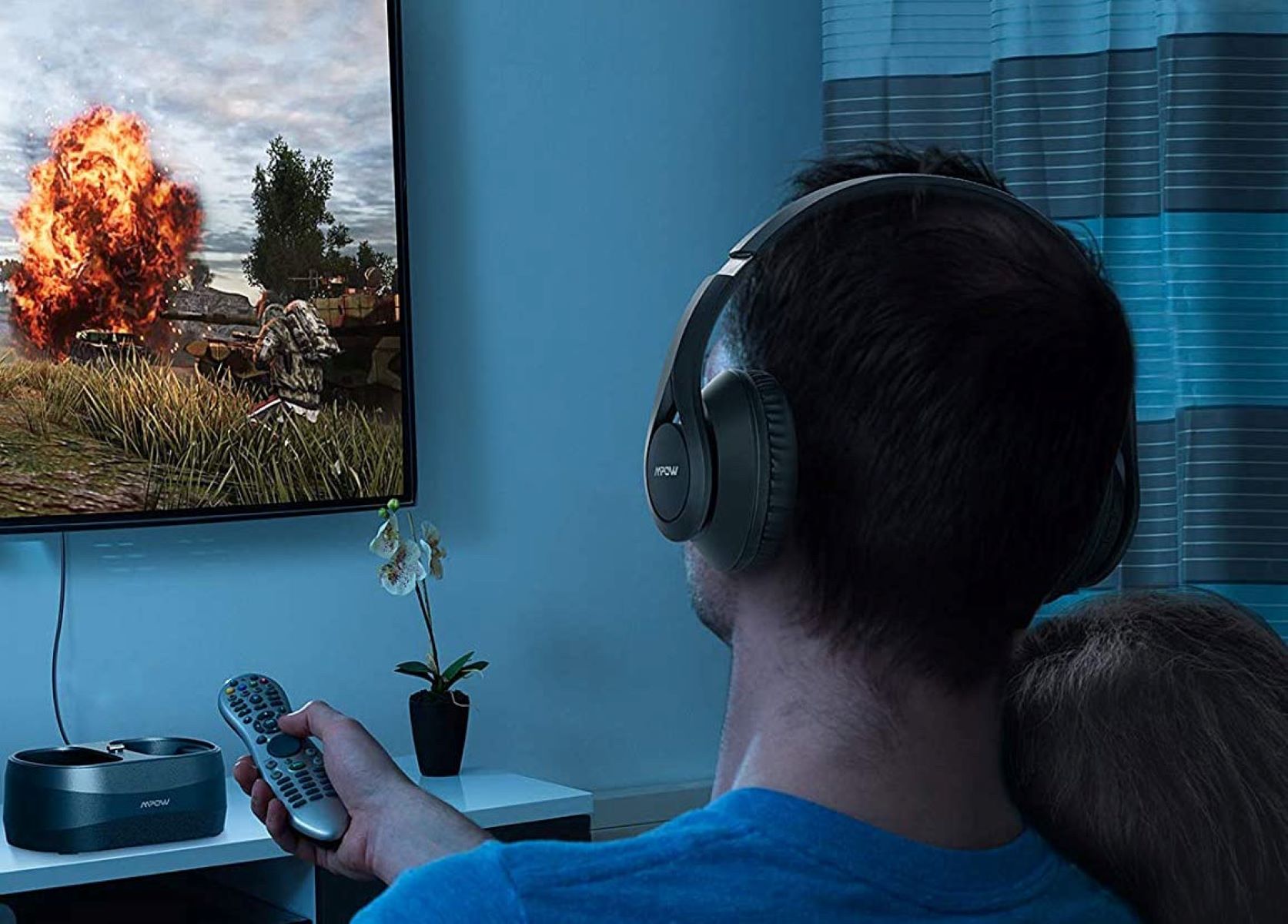Introduction
Bluetooth technology has revolutionized the way we connect and interact with our devices. Whether it’s a smartphone, tablet, or computer, Bluetooth allows us to wirelessly connect and enjoy the convenience of hands-free communication and media playback. However, despite its convenience, many users experience frustration when their Bluetooth headphones fail to connect.
Why won’t your Bluetooth headphones connect? In this article, we will dive into the common reasons behind Bluetooth connection issues and explore potential solutions to help you get your headphones connected and working seamlessly.
Before we delve into the troubleshooting tips, let’s take a moment to understand how Bluetooth technology works. Bluetooth utilizes short-range wireless communication to establish a connection between two devices. It operates on radio waves within the 2.4 GHz frequency range, allowing for data transfer between devices.
Bluetooth headphones, like any other Bluetooth device, rely on pairing with the source device to establish a connection. However, there are various factors that can hinder this connection, leading to frustrating issues such as dropped connections, intermittent audio, or the inability to connect altogether.
So, if you’re wondering why your Bluetooth headphones won’t connect, stick around as we explore the most common reasons behind these issues and provide solutions to help you troubleshoot and rectify the problem. By following these steps, you’ll be back to enjoying your wireless audio experience in no time.
Understanding Bluetooth Technology
Before diving into the troubleshooting tips, it’s essential to have a basic understanding of how Bluetooth technology works. Bluetooth is a wireless communication standard that allows devices to connect and exchange data over short distances.
Bluetooth operates on the 2.4 GHz frequency range, using radio waves to transmit data between devices. It uses a technique called frequency hopping spread spectrum (FHSS) to minimize interference from other devices operating in the same frequency range.
To establish a connection between Bluetooth devices, they need to go through a process called pairing. During pairing, two devices exchange security information and create a unique encryption key to ensure a secure and private connection.
Bluetooth devices operate in different classes, with Class 1 devices being the most powerful and having the longest range, while Class 3 devices have the shortest range. Most consumer electronics, including smartphones, tablets, and laptops, fall into Class 2, which typically has a range of up to 33 feet (10 meters).
Bluetooth devices can be either “master” or “slave” devices. The master device initiates the connection, while the slave device responds to the master’s request. In the case of Bluetooth headphones, they are usually the slave device, while the smartphone or computer acts as the master.
One of the advantages of Bluetooth technology is its ability to connect multiple devices simultaneously. This feature, known as Bluetooth multipoint, allows you to connect your headphones to multiple devices, such as a smartphone and a laptop, and seamlessly switch between them.
Understanding these fundamental concepts of Bluetooth technology can help you troubleshoot and resolve connection issues with your Bluetooth headphones. In the next sections, we will explore some common reasons why your Bluetooth headphones may fail to connect and provide practical solutions to overcome these challenges.
Common Reasons for Bluetooth Connection Issues
Bluetooth connection issues can be frustrating, but they are often caused by common factors that can be easily resolved. Here are some of the most common reasons why your Bluetooth headphones may have trouble connecting:
- Distance and Interference: Bluetooth has a limited range, typically up to 33 feet (10 meters). If the distance between your headphones and the source device exceeds this range, the connection may become weak or drop altogether. Additionally, obstructions such as walls or other electronic devices operating on the same frequency can interfere with the Bluetooth signal.
- Device Compatibility: Not all devices are compatible with Bluetooth headphones. Ensure that your source device, whether it’s a smartphone, tablet, or computer, has Bluetooth capabilities and supports the necessary Bluetooth profile for audio playback.
- Bluetooth is Turned Off: It may seem obvious, but double-checking that Bluetooth is turned on both on your headphones and the source device is crucial. Sometimes, inadvertently turning Bluetooth off or enabling airplane mode can prevent a successful connection.
- Outdated Firmware or Software: Just like any other technology, Bluetooth headphones and source devices require regular updates to fix bugs and compatibility issues. Check for firmware updates for your headphones and software updates for your source device and apply them if available.
- Pairing with the Wrong Device: Bluetooth headphones can sometimes attempt to connect to the wrong device if multiple devices have been paired in the past. Make sure you’re connecting to the intended device and, if necessary, remove any unnecessary pairings from the headphone’s memory.
- Weak Battery: Bluetooth headphones may struggle to connect or maintain a stable connection if their battery level is low. Ensure that your headphones are adequately charged before attempting to connect them.
By understanding these common culprits, you can start troubleshooting your Bluetooth headphones more effectively. In the following sections, we will discuss specific solutions for each of these issues to help you get your headphones connected seamlessly.
Checking Device Compatibility
One of the common reasons for Bluetooth connection issues with your headphones is device compatibility. Not all devices are equipped with the necessary Bluetooth capabilities to connect with Bluetooth headphones. To ensure compatibility, follow these steps:
- Check Bluetooth Profiles: Bluetooth headphones use specific profiles to communicate with the source device. Ensure that your source device, whether it’s a smartphone, tablet, or computer, supports the necessary Bluetooth profile for audio playback. Common profiles include Advanced Audio Distribution Profile (A2DP) for stereo audio and Hands-Free Profile (HFP) for phone calls.
- Review Device Specifications: Read the specifications of your source device to see if it mentions Bluetooth support. Make sure you have a device with built-in Bluetooth capabilities or an external Bluetooth adapter that is compatible with your device.
- Research Bluetooth Compatibility: If you’re unsure about the compatibility of your Bluetooth headphones with a specific device, check the manufacturer’s website or user manual. They often provide information about compatible devices or any known compatibility issues.
- Consider Firmware Updates: In some cases, manufacturers release firmware updates for Bluetooth headphones to improve compatibility with newer devices or operating systems. Check the manufacturer’s website for any available updates and follow the instructions to update your headphones’ firmware.
By ensuring device compatibility, you can avoid potential connectivity issues and have a smoother experience with your Bluetooth headphones. If you discover that your source device is not compatible, you may need to consider alternative methods of audio playback, such as using wired headphones or investing in a Bluetooth adapter.
Ensuring Bluetooth is Turned On
Before troubleshooting any Bluetooth connection issues, it’s essential to check that Bluetooth is turned on both on your headphones and the source device. Here are some steps to ensure Bluetooth is enabled:
- Headphone Bluetooth Status: Check that your Bluetooth headphones are turned on and in pairing mode. Most headphones have an indicator light or voice prompt that confirms they are ready to connect.
- Source Device Bluetooth Settings: On your source device, navigate to the settings menu and look for the Bluetooth option. Make sure it is turned on. Some devices may have a dedicated Bluetooth toggle switch on the notification panel or settings menu.
- Visibility or Discoverability: Some devices have a visibility or discoverability setting that allows them to be discovered by other Bluetooth devices. If your headphones are not appearing in the list of available devices on your source device, ensure that the visibility option is enabled on both devices.
- Restart Devices: If Bluetooth is enabled on both devices but they still fail to connect, try restarting both your headphones and the source device. Sometimes, a simple reboot can resolve temporary connectivity issues.
- Clear Bluetooth Pairing History: If you have previously paired your headphones with multiple devices, it’s possible that they are still trying to connect to a different device. Clear the Bluetooth pairing history on your headphones and remove any unnecessary devices from the list to ensure a fresh connection attempt.
Ensuring that Bluetooth is turned on and both devices are in the correct mode is a crucial step in troubleshooting Bluetooth connection issues. By verifying these settings, you eliminate common oversights and increase the chances of a successful connection between your headphones and the source device.
Resetting Bluetooth Settings
If you’re still experiencing Bluetooth connection issues with your headphones, a helpful troubleshooting step is to reset the Bluetooth settings on both the headphones and the source device. Resetting the Bluetooth settings can clear any temporary glitches or conflicting configurations. Here’s how to do it:
- Headphones Reset: Refer to the user manual or the manufacturer’s website for instructions on how to reset your Bluetooth headphones. Different headphone models have different reset methods, such as pressing specific buttons or holding a combination of buttons for a certain amount of time. Performing a reset will erase all previously saved Bluetooth settings on the headphones.
- Source Device Reset: On your source device, go to the Bluetooth settings menu. Look for an option to forget or unpair the headphones. This action removes the headphone’s pairing information from the device. Once this is done, restart your source device to clear any Bluetooth cache that may be causing connection issues.
- Re-Pairing: After resetting the Bluetooth settings on both devices, initiate the pairing process again. Make sure your headphones are in pairing mode and visible to the source device. On the source device, search for available devices and select your headphones from the list. Follow any on-screen prompts to complete the pairing process.
Resetting the Bluetooth settings can often resolve connectivity issues caused by conflicting configurations or temporary glitches. By starting fresh with the pairing process, you improve the chances of establishing a stable connection between your headphones and the source device.
Checking Battery Level
When encountering Bluetooth connection issues with your headphones, it’s important to consider the battery level as a potential culprit. A low battery level can affect the stability and strength of the Bluetooth connection. Follow these steps to check the battery level and ensure a stable connection:
- Check Headphone Battery Level: Most Bluetooth headphones have an indicator light, voice prompt, or companion mobile app that displays the battery level. Check the headphone’s battery status to determine if it’s sufficiently charged. If the battery is low, charge your headphones before attempting to connect.
- Headphone Power-Saving Mode: Some Bluetooth headphones have a power-saving mode that automatically turns off Bluetooth when battery levels are critically low. If your headphones have this feature, ensure that they are adequately charged to prevent Bluetooth from automatically shutting off.
- Power Source: When charging your headphones, make sure you are using a reliable power source, such as a wall outlet or a trusted USB port on a computer. Avoid charging from low-power sources or charging adapters that may not provide sufficient power, as this can impact the battery life and affect Bluetooth performance.
- Monitor Battery Drain: If you notice that your Bluetooth headphones consistently have a short battery life or drain quickly, it may be a sign of a failing battery. In such cases, contact the manufacturer’s customer support for assistance or consider replacing the headphones if they are no longer under warranty.
By ensuring that your Bluetooth headphones have an adequate battery charge, you eliminate one of the potential causes of connection issues. Regularly monitoring battery levels and properly charging your headphones will contribute to a stable Bluetooth connection and a seamless audio experience.
Pairing with the Correct Device
One common mistake that can lead to Bluetooth connection issues is attempting to pair your headphones with the wrong device. This can happen if you have previously paired your headphones with multiple devices or if there are other Bluetooth devices in close proximity. Here’s how to ensure you’re pairing with the correct device:
- Disconnect Unnecessary Devices: If you have previously paired your headphones with multiple devices, ensure that those devices are not in close proximity when attempting to connect with your desired device. Disconnect or turn off Bluetooth on any devices that you do not intend to pair with at the moment.
- Unpair Devices: If your headphones have been previously paired with the wrong device or are still attempting to connect to a different device, unpair them from that device. On the source device, navigate to the Bluetooth settings menu and locate the headphones. Choose the option to forget or unpair the headphones.
- Erase Headphone Memory: Some Bluetooth headphones can store pairing information for multiple devices. If you suspect that the headphones are trying to connect to the wrong device, check the user manual or the manufacturer’s website for instructions on how to clear the pairing memory of your headphones. This usually involves a combination of button presses or holding buttons for a specific duration.
- Enter Pairing Mode: Make sure your headphones are in pairing mode when attempting to connect to the correct device. Refer to the user manual for instructions on how to enable pairing mode. Typically, this involves pressing and holding a button on the headphones until an indicator light or voice prompt confirms the pairing mode has been activated.
- Pairing Process: On the source device, navigate to the Bluetooth settings menu and initiate a new pairing process. Search for available devices and select your headphones from the list of nearby devices. Follow any on-screen prompts to complete the pairing process.
By ensuring that you are pairing with the correct device and clearing any unnecessary pairings from your headphones, you can establish a stable Bluetooth connection and avoid any confusion or conflicts in the pairing process.
Clearing Bluetooth Device Memory
If you are still experiencing Bluetooth connection issues with your headphones, it’s worth considering that they may have stored outdated or conflicting pairing information in their memory. Clearing the Bluetooth device memory can help resolve these issues. Here’s how you can clear the Bluetooth device memory on your headphones:
- Consult the User Manual: Refer to the user manual or visit the manufacturer’s website for specific instructions on how to clear the Bluetooth device memory. Different headphone models may have different methods for accomplishing this task.
- Put Headphones in Pairing Mode: To clear the device memory, you will usually need to put your headphones in pairing mode. Consult the manual for the specific steps, but it typically involves pressing and holding a button or a combination of buttons until an indicator light or a voice prompt indicates that the device memory is being cleared.
- Remove Old Pairings: Once your headphones are in pairing mode, navigate to the Bluetooth settings on your source device. Find the list of paired devices and remove any old or unnecessary pairings associated with your headphones. This ensures a fresh and clean connection attempt.
- Reset Headphones: If clearing the device memory does not resolve the issue, or if your headphones do not have a specific option for clearing memory, you may need to perform a full reset of your headphones. Again, refer to the user manual for the specific steps, as the reset process may vary depending on the model.
Clearing the Bluetooth device memory eliminates any outdated or conflicting pairing information that may be causing connection issues. By starting with a clean slate, you increase the chances of establishing a successful and stable Bluetooth connection between your headphones and the source device.
Performing a Factory Reset
If you’ve exhausted all other troubleshooting steps and are still experiencing Bluetooth connection issues with your headphones, performing a factory reset may be a viable solution. A factory reset restores your headphones to their original state, erasing all settings and configurations. Here’s how you can perform a factory reset on your headphones:
- Consult the User Manual: Refer to the user manual or visit the manufacturer’s website for specific instructions on how to perform a factory reset. Different headphone models have different methods for accomplishing this task.
- Put Headphones in Reset Mode: Typically, performing a factory reset involves putting your headphones in a specific reset or pairing mode. This often requires pressing and holding a certain button or combination of buttons for a specific duration. Follow the instructions provided in the manual to enter the reset mode.
- Confirm Reset: Once your headphones are in the reset mode, follow any on-screen prompts to confirm the factory reset. Be aware that performing a factory reset will erase all settings and configurations, including any stored Bluetooth connections.
- Restart Setup: After the factory reset is complete, your headphones will revert to their original state. You’ll need to set them up again by entering pairing mode and connecting them to your desired source device.
Performing a factory reset is a more advanced troubleshooting step and should be approached with caution, as it erases all settings and configurations. However, if all other attempts to resolve the Bluetooth connection issues have failed, a factory reset can potentially resolve any deep-seated software glitches or conflicts.
Updating Firmware or Software
If you’re still encountering Bluetooth connection issues with your headphones, it’s important to consider the firmware or software of both your headphones and the source device. Outdated or incompatible firmware or software can often cause connectivity problems. Here’s how to update the firmware or software:
- Check Manufacturer’s Website: Visit the manufacturer’s website of your headphones and the source device to check for any available firmware or software updates. Look for support or downloads sections where you can find the latest updates specific to your device models.
- Follow Update Instructions: Download the firmware or software update files and carefully follow the manufacturer’s instructions for installation. This may involve connecting your headphones to a computer via USB, using a dedicated update application, or following an over-the-air (OTA) update process for your source device.
- Restart Devices: After installing the firmware or software updates, restart both your headphones and the source device. This helps ensure that the updates are applied correctly and any lingering connectivity issues are resolved.
- Re-pair and Test: Once the updates have been installed, initiate the pairing process between your headphones and the source device again. Ensure that the connection is stable and that you can enjoy uninterrupted audio playback.
Updating the firmware or software of your headphones and source device can often resolve compatibility issues and improve Bluetooth connectivity. It’s important to keep your devices up to date with the latest firmware or software versions provided by the manufacturers to ensure optimal performance.
Avoiding Interference
Another factor that can contribute to Bluetooth connection issues with your headphones is interference from other devices or environmental factors. Interference can weaken the Bluetooth signal, resulting in dropped connections or poor audio quality. Here are some tips to avoid interference:
- Distance and Obstructions: Keep your headphones and the source device within the recommended range, typically up to 33 feet (10 meters). Avoid obstacles such as walls, furniture, or other electronic devices that can block or weaken the Bluetooth signal.
- Power Off Nearby Devices: Turn off or move away from other devices that operate on the same frequency range as Bluetooth, such as Wi-Fi routers, cordless phones, or wireless speakers. These devices can potentially interfere with the Bluetooth signal.
- Bluetooth Coexistence: Some devices have features or settings to minimize interference between Bluetooth and Wi-Fi signals. Look for options like Bluetooth coexistence or Wi-Fi optimization in your device’s settings and enable them if available.
- Avoid Crowded Frequencies: In crowded areas with many Bluetooth devices around, such as airports or cafes, try switching to a less congested Bluetooth frequency. Most devices have an option to change the Bluetooth channel within the settings menu. Experiment with different channels to find the one with the least interference.
- Update Firmware: Keeping your headphones and source device firmware up to date can include enhancements to Bluetooth signal handling, helping to reduce interference and improve connection stability.
- Change Wi-Fi Channel: If you are experiencing interference due to Wi-Fi devices, try changing the channel of your Wi-Fi router. Consult your router’s user manual or the manufacturer’s website for instructions on changing the Wi-Fi channel.
- Switch to 5GHz: If your devices support it, consider using the 5GHz Wi-Fi band instead of the 2.4GHz band. The 5GHz band usually has less interference because it is less commonly used by other devices.
By taking precautions to minimize interference, you can improve the Bluetooth connection between your headphones and the source device. Experiment with these tips to find the optimal setup and enjoy a more seamless wireless audio experience.
Conclusion
Bluetooth headphones offer the convenience of wireless audio, but connection issues can sometimes hinder the seamless experience we desire. By understanding how Bluetooth technology works and troubleshooting common problems, you can overcome these challenges and enjoy uninterrupted listening.
In this article, we explored the various reasons why Bluetooth headphones may fail to connect and provided practical solutions to address each issue. We discussed checking device compatibility, ensuring Bluetooth is turned on, resetting Bluetooth settings, checking battery levels, pairing with the correct device, clearing Bluetooth device memory, updating firmware or software, and avoiding interference.
Remember to always check device compatibility, ensure that Bluetooth is turned on, and verify the strength of your battery before attempting to connect. Clearing device memory, performing a factory reset, and updating firmware or software can often resolve more complex issues. And lastly, avoiding interference and optimizing your environment can contribute to a stable and reliable Bluetooth connection.
By following these troubleshooting steps, you can increase the chances of successfully connecting your Bluetooth headphones and enjoying a seamless audio experience. If the issues persist or if you require additional assistance, don’t hesitate to reach out to the manufacturer’s customer support for further guidance.
With a little patience and troubleshooting know-how, you’ll be back to enjoying the freedom and convenience of wireless audio in no time.







